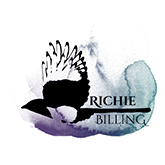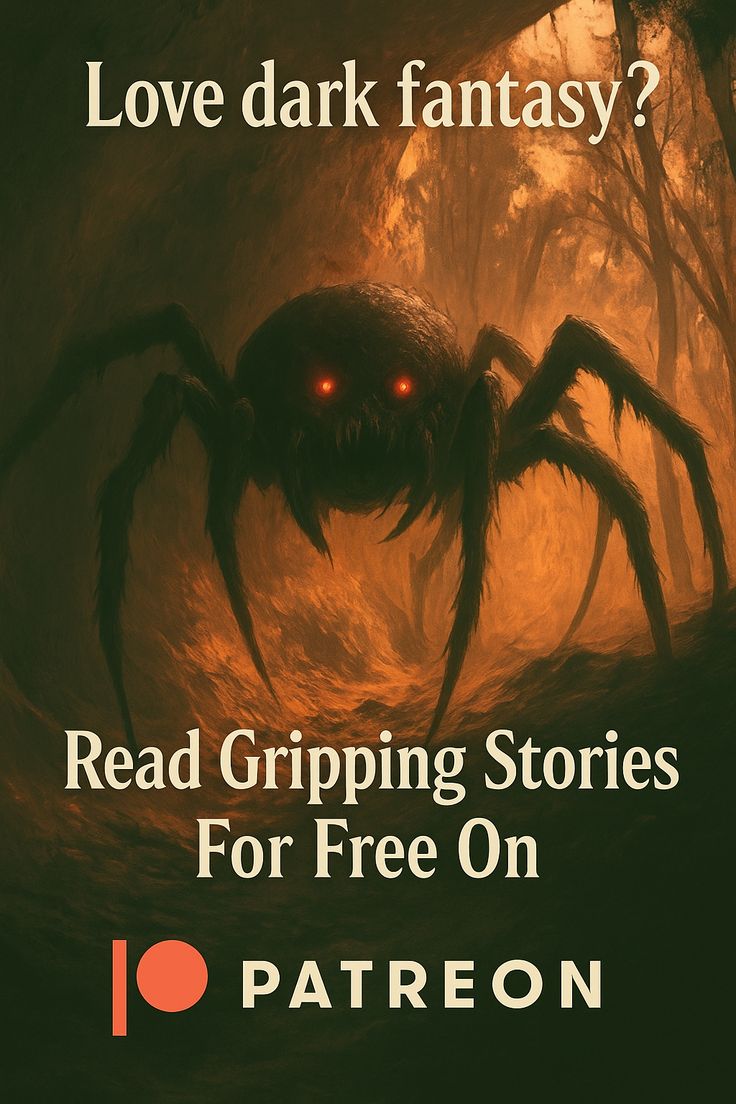When it comes to how to plan writing a story, there are many paths we can follow. But for some of us, those doors may seem unappealing altogether.
Many writers don’t like to plan. They make things up as they go, see where the story takes them. They’re often referred to in the writing world as pantsers.
The guest post I’m presenting to you today is written by writer Andrea Turrentine, who used to be an avid pantser. She has since, however, changed her mind to a certain extent. And below, she’ll show us some excellent writing tips.
Learning How To Plan Writing A Story
It doesn’t matter if it’s a short story or a novel, we can get easily lost or caught up in the different strands of a tale. To help us keep entanglement at bay, it can really help to adopt some planning methods. It’s simply a matter of being organised.

For example, when I write fantasy novels and I’m doing some worldbuilding, I keep all of my notes on the different characters, places and objects in a spreadsheet.
In the past, I’ve also experimented with using whiteboards to help me keep track of character arcs, and I tend to follow a process called character plotting which allows me to track the development of characters along with points of conflict in the story.
These are ways that I’ve simply developed myself or applied from different areas of my life, such as studying or my day job. Having the ability to organise your writing can be a surefire way to reduce headaches down the line.
Flying By The Seat Of Your Pants vs. Planning
Andrea has put together a great discussion on an age-old debate in writing. should you plan your story out meticulously, or should you write and see where it takes you?
Those who follow the latter approach are known as pantsers, a word that comes from the phrase ‘flying by the seat of their pants’.
There are pros and cons to both styles. For example, one of the perks of planning is that you’re less likely to miss something out or contradict yourself. However, you run the risk of making the story too predictable for the reader. That’s one of the benefits of the pantser style. The story is a surprise to the writer, and that makes it harder for the reader to work out what could happen next.
It really is a matter of personal preference at the end of the day and what style lends itself to you most of all.
For me, I like to adopt something of a hybrid approach. I like to set out a vague idea of what a story or chapter or scene will involve, and then I let it play out with my characters. If they lead me astray on a different route, I follow it and see where it leads. However, I do like to plan as well, especially if it’s a scene with lots going on.

Join A Writing Group Full Of Passionate Writers
It’s time to hand the reins over to Andrea Turrentine.
Ways To Plan The Writing Of A Story
I used to believe that writing was all about me. I thought so until the day I saw a person react to what I wrote. Then I realized the eternity of that moment.
Writing is about the reader.
What it does for you as a writer is a byproduct of the activity.
It’s like living in a cluttered house. I know a thing or two about it. However, I wouldn’t want a guest to come and sit in my mess.
Similarly, writers should craft their setting like the ambience in a room.
You are inviting readers into a whole new realm. We should seek to craft a story that is memorable, riveting, gut-wrenching, whatever target emotion you’re after.
I’m not someone who’s typically spent much time planning my stories. I’m more of a pantser. I’ve found that I’ve been able to get those target emotions better. But lately I’ve spent more time planning out my tales. Below, we’ll consider three important observations when it comes to planning stories.
Can you have a target flying by the set of your pants?
No. There’s no arrow that flies that is not aimed with an intention. Intentions by definition are plans with goals.
It makes no difference if you’re screenwriting or writing a novel, every part of your story is laced with intentions whether you subscribe to outlining or not.
I am fond of using the hoarded house analogy. The house is filled with a bunch of purposeless items that are filled with intentions and plans but no purpose.
Our stories should not be hoarded houses.
What are you writing about?
Could you say that A Game of Thrones is about family? Would you say The Brady Bunch is about family? I would answer yes to both questions. One is an adaptation of epic medieval fantasy. The other is a 70s TV sitcom. Wholly different content. Yet, they are about the same things.
The premise or theme for your story is an essential part of the foundation. Outlining allows us to focus on what the story is actually about.
So, how do we do that?
Neil Gaiman, in his Master Class, says that your sole job, when you are staring down the blank page, is to explode all over it. You don’t need to worry about form or structure or story. That comes later.
I agree.
After the smoke clears, somewhere in the blast zone, you will find what your story is about. Theme and premise need not stall you from moving forward. A story premise is something that envelops or bookends a story. It becomes apparent as the story moves along.
I will admit that without outlining a story’s theme will not remain hidden.
However, the elements of the story that require thought and foresight such as character development and story arcs will demand that you know what the story is about.
Outlines allow you to look backwards easily. Some people long for machines that let them. Don’t rob yourself of this tool and spend the time again ruminating.
A story about death-defying love could feature zombies or a Classical Greek narrative. The character choices and decisions will be rooted in totally different circumstances, but we know the core of it will be about a romance overcoming death.
Outlines keep you on the path to the finish line. Sure, you scribble until you’re exhausted and find your way there also. Sure, there are some lovely things on scenic routes.
However, fuel like time is finite. Remember this, outlining saves you valuable time.
Is Neil Gaiman A Pantser?
Many people ask whether their favourite writers, such as Neil Gaiman, are pantsers, or whether they have some masterful approach to planning their stories.
Here’s what the author of Neverwhere said on Twitter when his fans asked him:

If you’re unfamiliar with George RR Martin’s two definitions (architect and gardener), the gardener is someone who likes to see how the characters and stories grow and develop. On the other hand, the architect looks to design every aspect.
So there you have it. If you’ve always wondered whether Neil Gaiman is a pantser, we can rest assured knowing that he is.
Flying by the seat of your pants doesn’t work most of the time.
What do I mean? Every story has must-haves. It’s just the way it is. You have to tantalize us with the familiar but unique world. Hook us. Endear is to the protagonist. Make us ask questions to keep turning the page or watching the screen. People like Shonda Rhimes and Stephen King are people at the top of their craft who have said they don’t outline. Stephen King scribbles. Shonda Rhimes thinks about it and writes a few versions of the story. They do not outline traditionally.
However, they recommend that their audience does.
People who have built the muscle of executing storytelling know what their story needs so they don’t have to question a reference as to what comes next. Their creativity can stay at peak performance because they have no need to stop and analyze.
However, most of the other masters like Dan Brown and Margaret Atwood both outline? Now, why would they?
I submit to you that outlining can and does facilitate the best creativity in a writer.
James Patterson insists on outlining longhand just so he can find where to put in twists!
The must-haves are intentional, planned, and conspired. Pantsing robs you of these moments that emotionally touch your audience or reader.
There are a lot of great ways to outline. I found trying various methods fun, and great for my creative process.
What is the actual trade-off?
Your “creative” satisfaction cannot compare to the ones you invited into your world.
Remember that the next time you bemoan the outlining process.
Write on, y’all.
About The Author
Andrea Turrentine is a US ex-pat living in Japan. She enjoys writing fantasy novels, screenwriting and eating yummy foods.
Blog: scratchthepages.com
Instagram – dancsamba
Etsy – scratchthepages.store
Thanks for checking out this guide on how to plan writing a story. I hope you’ve found it useful. If you’ve got any questions at all, don’t hesitate to join our online writing group or drop me an email via my contact page.
More Writing Tips and Guides
Here are some other writing tips and guides you may find useful:
- How To Write A Premise For Your Story
- Writing tips
- Hated writing rules
- How to write romance scenes
- How to format a manuscript
- Mental health in fantasy books
- 8 ways to kickstart your writing career
- What is characterization?
- How to write strong female characters
- How to edit
- What is StoryOrigin?
- How to plot a story
- What is passive voice?
- 4 ways to begin writing a novel
- How to plan a novel
- Abby Jimenez Books In Order – A Guide To Her Romantic Universe - June 7, 2025
- Words Beginning With X – All Lengths And Their Meaning - January 31, 2025
- Using The 5 Senses In Writing: Examples To Inspire You - January 5, 2025







